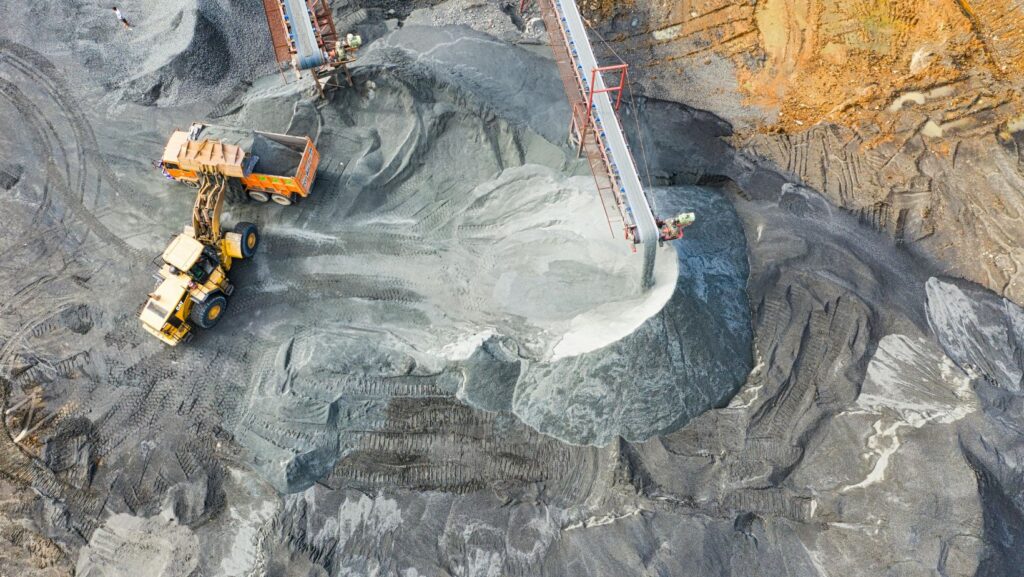
For investors and property owners, generating revenue without direct efforts is a desirable objective. Mineral rights present a significant, frequently disregarded avenue for passive income that produces payments from oil, gas, coal, or additional resources located beneath the land.
Unlike traditional real estate, this ownership yields “mailbox money” without involvement in daily operations, turning subsurface assets into steady income. This blog breaks down how mineral rights work, who benefits, and what to weigh before diving in.
1. Royalty Payments from Production
The primary engine of passive income from mineral rights is the royalty payment. When a landowner leases their mineral rights to an energy company, they negotiate a royalty percentage. This is a share of the revenue generated from the sale of any minerals extracted.
This percentage is typically a fraction of the gross production, meaning the owner gets paid before the company deducts its operational expenses. Once a well is successfully drilled and begins production, the mineral owner receives monthly royalty checks.
This income stream is remarkably hands-off. The mineral owner bears no responsibility for the costs of drilling, staffing, or maintaining the operation. The energy company handles all the complex and capital-intensive work. The revenue can continue for decades, flowing from the initial well and any subsequent ones drilled on the leased land.
2. Lease Bonuses and Long-Term Agreements
Before production even begins, mineral rights can generate upfront income through lease bonuses. An energy company interested in exploring a property will pay a signing bonus to the mineral owner to secure the lease. This bonus payment is a negotiated, lump-sum amount paid per acre and provides immediate capital. It compensates the owner for providing the company with exclusive rights to explore and drill over a set time period, which typically is three to five years.

There is no risk to the mineral owner in collecting this initial payment. Even if they never drill a well, they still get the entire lease bonus. This structure illustrates one of the key benefits of selling mineral rights rather than leasing them, as a sale generates a large up-front cash payment. Conversely, leasing retains ownership and the potential for future royalty income. The lease agreement creates a groundwork on which future passive income could be built, setting terms that could potentially benefit the owner for years, all based upon a single signature.
3. Diversification and Inflation Hedging
Mineral rights offer a unique form of financial diversification because their performance is not directly correlated with traditional stock and bond markets. The value of oil and gas is driven by global supply and demand, which often moves independently of broader economic trends. Royalty payments can remain strong or even increase during a stock market downturn, providing a stabilizing effect on an investment portfolio.
Income naturally rises when energy prices increase since royalty payments are based on the market price of the commodities being sold. This intrinsic link to tangible, highly desired resources ensures that the income stream maintains its purchasing power over time. As the cost of living rises, so too does the revenue from the sale of the underlying minerals.
Endnote
Mineral rights are a powerful way to build true passive wealth. Owners can receive a steady income through a combination of upfront lease bonuses and long-term royalty payments that, in turn, require no active management. This sector has the dual benefit of financial returns and providing meaningful diversification and a natural inflation hedge, which makes it an attractive element of a more complex long-term investment approach.







